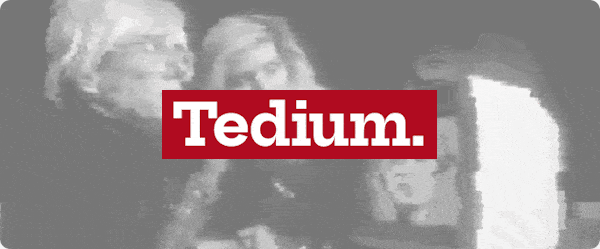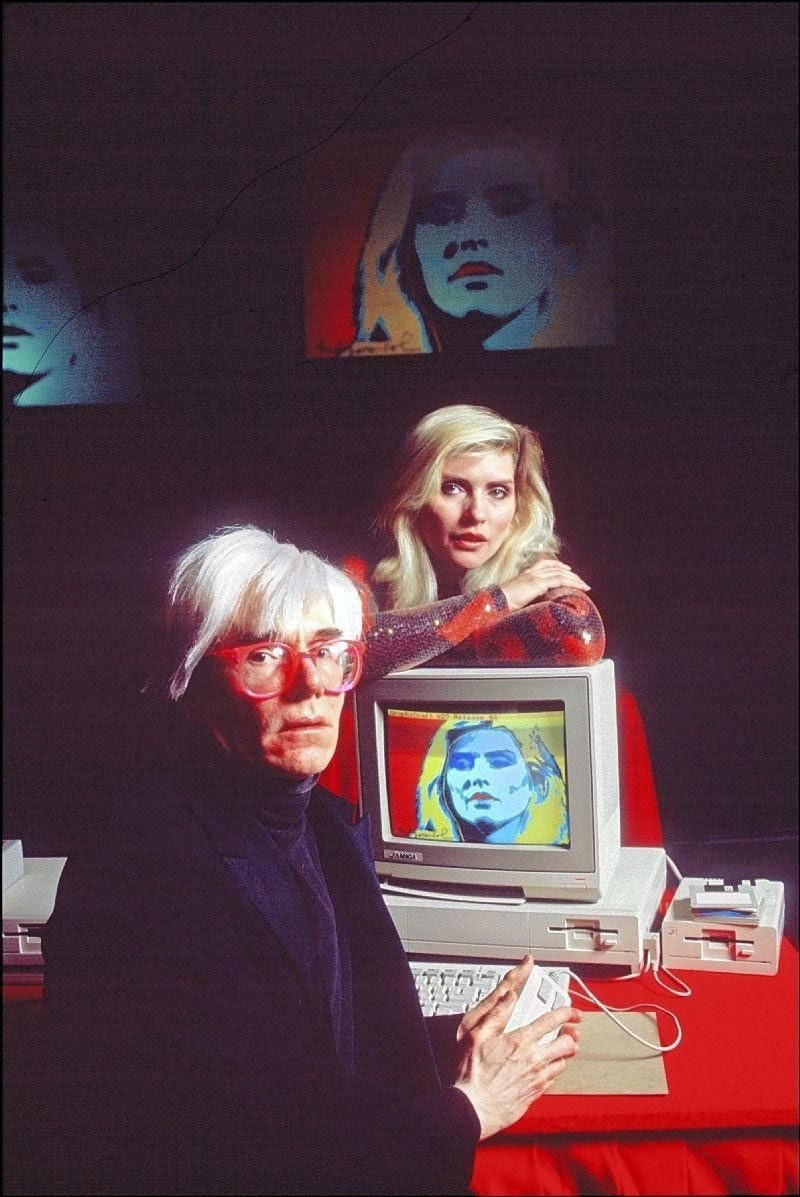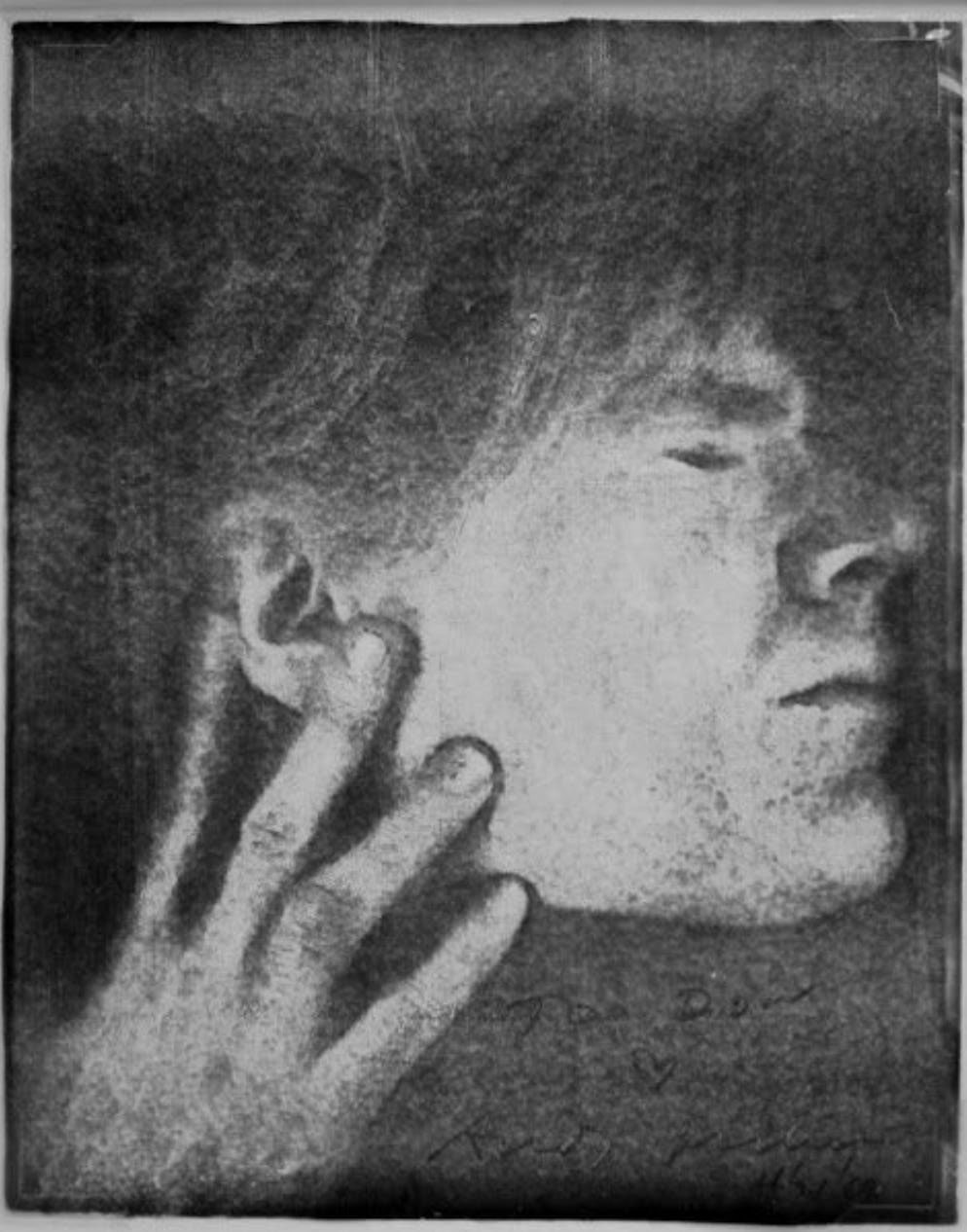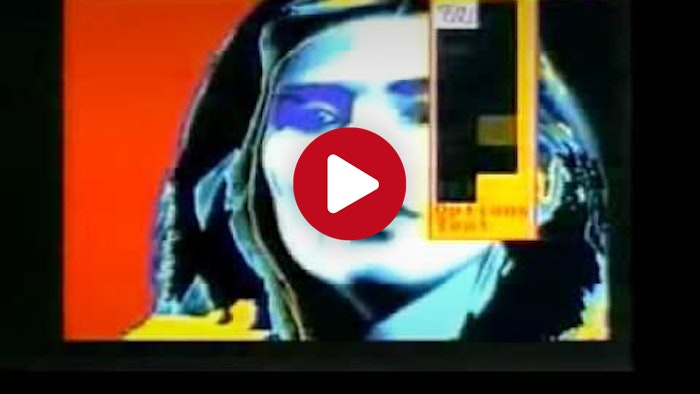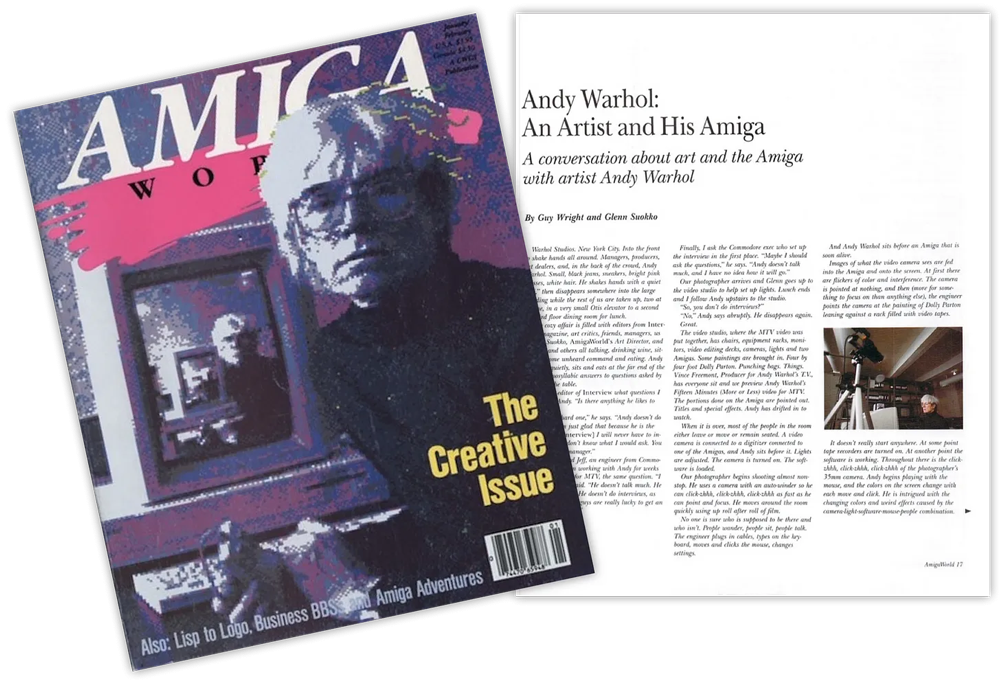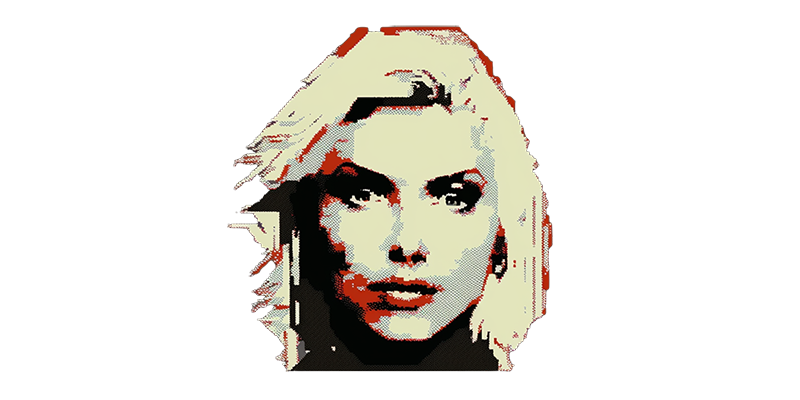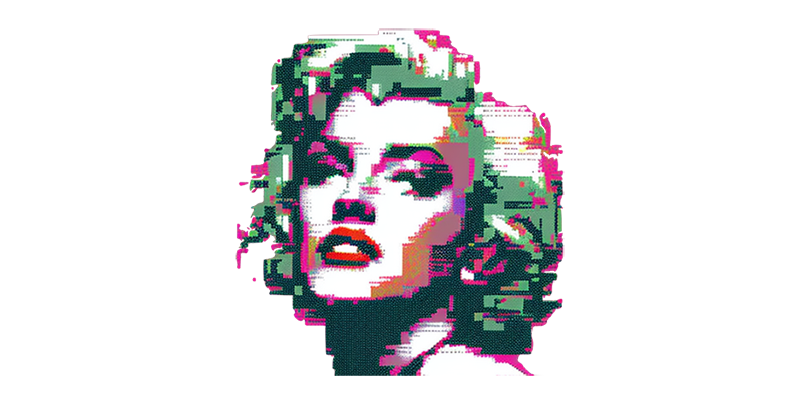Tedium - The Artist and the Amiga 🎨
|
|
|
|
|
|
|
|
Older messages
News of the Monoculture 🎸
Friday, May 12, 2023
Why MTV News mattered in its day. Here's a version for your browser. Hunting for the end of the long tail • May 10, 2023 Quick editor's note: This remembrance of MTV News has some triggering
The Cover-Up 📱
Saturday, May 6, 2023
Why screen protectors became a thing for smartphones. Here's a version for your browser. Hunting for the end of the long tail • May 06, 2023 Today in Tedium: You know something I always kind of
Social Gloss 💬
Wednesday, May 3, 2023
Our glossary continues by assessing a few online communities. Here's a version for your browser. Hunting for the end of the long tail • May 03, 2023 Today in Tedium: Social media has been a big
Switching Pad 📱
Saturday, April 29, 2023
A review of OnePlus' attempt to take on the iPad. Here's a version for your browser. Hunting for the end of the long tail • April 28, 2023 Today in Tedium: When it comes to operating systems, I
CISC-y RISC-ness 💻
Wednesday, April 26, 2023
The most interesting processor ever made. Here's a version for your browser. Hunting for the end of the long tail • April 26, 2023 Today in Tedium: If you've kept a close eye on the technology
You Might Also Like
Daily Coding Problem: Problem #1668 [Easy]
Tuesday, January 14, 2025
Daily Coding Problem Good morning! Here's your coding interview problem for today. This problem was asked by Microsoft. A number is considered perfect if its digits sum up to exactly 10. Given a
Django vs FastAPI, Interacting With Python, Data Cleaning, and More
Tuesday, January 14, 2025
Django vs. FastAPI, an Honest Comparison #664 – JANUARY 14, 2025 VIEW IN BROWSER The PyCoder's Weekly Logo Django vs. FastAPI, an Honest Comparison David has worked with Django for a long time, but
🤖 Yes, I Do Want a Drink-Carrying Robot — The Best Way to Give Old TVs Bluetooth
Tuesday, January 14, 2025
Also: How to Prevent Your Computer From Waking Up Accidentally, and More! How-To Geek Logo January 14, 2025 Did You Know Except for the letter Q, every letter of the alphabet shows up in the names of
Charted | AI's Perceived Impact on Job Creation, by Country 🔮
Tuesday, January 14, 2025
This chart presents Ipsos survey results on whether people believe AI will create many new jobs in their country. View Online | Subscribe | Download Our App Presented by Hinrich Foundation NEW REPORT:
HackerNoon Decoded: How Users Searched in 2024
Tuesday, January 14, 2025
Top Tech Content sent at Noon! Boost Your Article on HackerNoon for $159.99! Read this email in your browser How are you, @newsletterest1? 🪐 What's happening in tech today, January 14, 2025? The
Hack Your Python Roadblocks -- Just 5 Seats Left
Tuesday, January 14, 2025
Hi there, A quick update: after last week's announcement, the Intermediate Python Deep Dive live course is almost full. We're down to just 5 spots left for the February cohort, and once they
Spyglass Dispatch: TikTok & Twitter
Tuesday, January 14, 2025
Sonos Switch • MySports Streaming • Amazon's Alexa Brain Freeze • Billionaire-Free Social Media • EU Backs off Big Tech The Spyglass Dispatch is a newsletter sent on weekdays featuring links and
5 AI Predictions for 2025 (AI hype dying; real opportunities rising)
Tuesday, January 14, 2025
plus, a new study: AI Economy = $15 trillion. ͏ ͏ ͏ ͏ ͏ ͏ ͏ ͏ ͏ ͏ ͏ ͏ ͏ ͏ ͏ ͏ ͏ ͏ ͏ ͏ ͏ ͏ ͏ ͏ ͏ ͏ ͏ ͏ ͏ ͏ ͏ ͏ ͏ ͏ ͏ ͏ ͏ ͏ ͏ ͏ ͏ ͏ ͏ ͏ ͏ ͏ ͏ ͏ ͏ ͏ ͏ ͏ ͏ ͏ ͏ ͏ ͏ ͏ ͏ ͏ ͏ ͏ ͏ ͏ ͏ ͏ ͏ ͏ ͏ ͏ ͏ ͏ ͏ ͏ ͏ ͏ ͏ ͏
Power BI Weekly #291 - 14th January 2025
Tuesday, January 14, 2025
Power BI Weekly Newsletter Issue #291 powered by endjin Welcome to the 291st edition of Power BI Weekly! No official Power BI blogs yet, so let's dive into the community articles. To start, Eugene
LW 165 - How Shopify Built Its Live Globe for Black Friday
Tuesday, January 14, 2025
How Shopify Built Its Live Globe for Black Friday Shopify Development news and articles Issue 165
